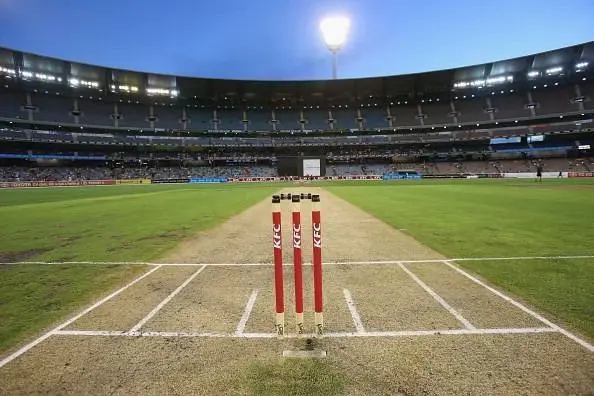Cricketer with the best batting skills in India
As the country has produced an array of immensely talented batsmen throughout its cricketing history. From the iconic figures of the past to the rising stars of the present, India boasts a rich lineage of batting maestros who have left an indelible mark on the sport.
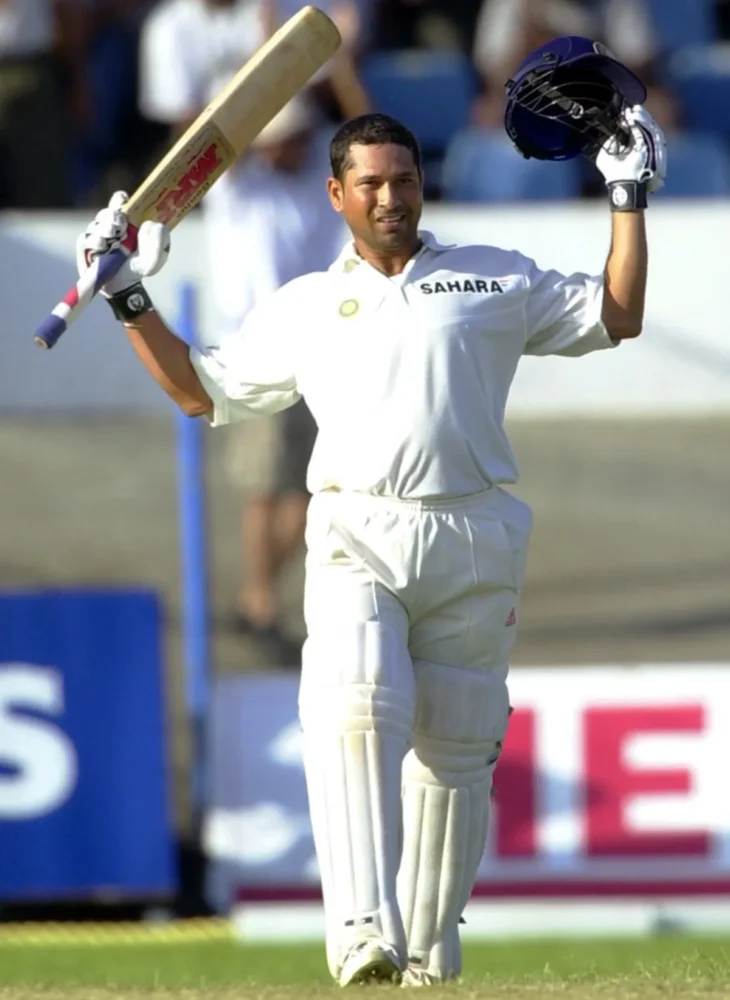
The “Master Blaster” and widely regarded as one of the greatest batsmen of all time. Tendulkar’s illustrious career spanned over two decades, during which he amassed a plethora of records and accolades. His impeccable technique, unparalleled consistency, and insatiable hunger for runs endeared him to fans across the globe, establishing him as a cricketing icon.
Sachin Tendulkar, often hailed as the “Master Blaster” and “Little Master,” is a cricketing legend whose name is synonymous with excellence, dedication, and unparalleled achievement. Born on April 24, 1973, in Mumbai, India, Tendulkar made his debut for the Indian cricket team at the young age of 16, marking the beginning of an illustrious career that spanned over two decades.
Throughout his storied career, Tendulkar rewrote the record books, amassing a plethora of records and accolades that established him as one of the greatest batsmen to have ever played the game. With his impeccable technique, exquisite strokeplay, and insatiable hunger for runs, he became the highest run-scorer in both Test and One Day International (ODI) cricket, a feat that remains unmatched to this day.
Tendulkar’s batting prowess transcended boundaries and captivated audiences around the world. Whether it was his masterful centuries against the best bowling attacks or his ability to single-handedly carry the hopes of a nation, Tendulkar’s impact on the sport was profound and enduring.
In 2013, Tendulkar bid farewell to international cricket, bringing an end to an era defined by his genius and unmatched brilliance. However, his legacy continues to inspire future generations of cricketers, serving as a beacon of excellence and a reminder of the heights that can be achieved through talent, hard work, and unwavering dedication.
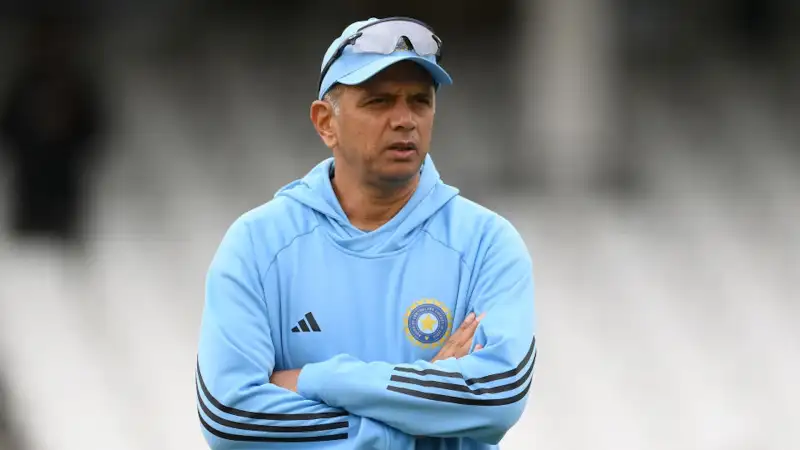
“The Wall” for his unyielding defense and unwavering resilience at the crease. Dravid epitomized the virtues of patience, concentration, and discipline, earning plaudits for his ability to weather stormy bowling spells and anchor the innings for his team. His flawless technique and exemplary temperament made him a revered figure in Indian cricket history.
Rahul Dravid, often affectionately referred to as “The Wall,” is a cricketing icon renowned for his impeccable technique, unwavering resolve, and selfless dedication to the game. Born on January 11, 1973, in Indore, India, Dravid emerged as one of the pillars of the Indian cricket team during his illustrious career.
Debuting for India in 1996, Dravid quickly established himself as a mainstay in the team’s batting lineup with his solid defensive technique and ability to anchor innings. His remarkable consistency and resilience earned him the nickname “The Wall,” symbolizing his ability to withstand even the most ferocious bowling attacks.
Throughout his career, Dravid amassed over 13,000 runs in Test cricket and more than 10,000 runs in One Day Internationals (ODIs), cementing his status as one of the greatest batsmen of his generation. His ability to thrive in all conditions and against all types of bowling made him a formidable opponent and a source of inspiration for aspiring cricketers around the world.
In the contemporary era, Virat Kohli has emerged as a dominant force in world cricket, with his aggressive batting style and unparalleled consistency setting him apart from his peers. Kohli’s insatiable appetite for runs, coupled with his exceptional fitness levels and mental toughness, has seen him scale new heights of success across all formats of the game. As the current captain of the Indian cricket team, Kohli continues to inspire millions of fans with his extraordinary batting exploits.
Other notable names in the pantheon of Indian batting greats include Sunil Gavaskar, Kapil Dev, Sourav Ganguly, Virender Sehwag, and MS Dhoni, each contributing in their own unique way to India’s cricketing legacy.
Ultimately, determining the cricketer with the best batting skills in India is a matter of personal opinion, shaped by factors such as individual preferences, playing style, and era. However, what remains undisputed is the rich tapestry of talent that India has produced over the years, with each batsman leaving an indelible imprint on the annals of cricketing history and perpetuating the nation’s love affair with the game.
Cricketer with the best bowling skills in India
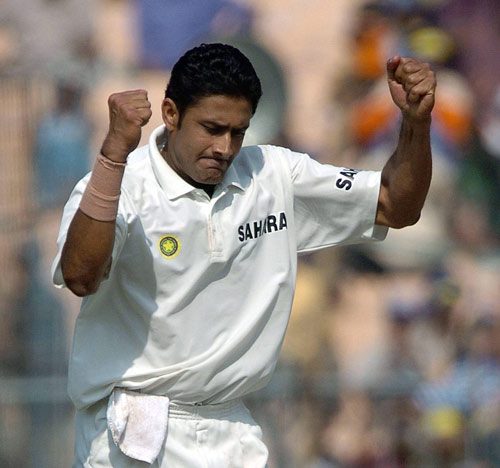
Anil Kumble, fondly known as “Jumbo,” is a cricketing legend celebrated for his mastery of leg-spin bowling and unwavering commitment to excellence. Born on October 17, 1970, in Bangalore, India, Kumble made his debut for the Indian cricket team in 1990 and went on to become one of the country’s most iconic cricketers.
Throughout his illustrious career, Kumble mesmerized fans and bamboozled batsmen with his relentless accuracy, subtle variations, and indomitable spirit. His remarkable ability to extract bounce and turn from even the most benign pitches made him a formidable force in both Test and One Day International (ODI) cricket.
Kumble’s crowning achievement came in 1999 when he became only the second bowler in cricket history to claim all ten wickets in a Test innings, achieving this feat against Pakistan in Delhi. This remarkable accomplishment solidified his status as a bowling maestro and earned him widespread acclaim and admiration.
Beyond his on-field exploits, Kumble epitomized the virtues of sportsmanship, humility, and perseverance. As a leader, he captained the Indian team with distinction and led by example, inspiring his teammates to strive for excellence and uphold the values of the game.
In 2008, Kumble retired from international cricket as India’s highest wicket-taker in Test matches, with a staggering tally of 619 wickets. Following his retirement, he continued to contribute to the sport as a coach, mentor, and administrator, leaving an indelible mark on the cricketing landscape.
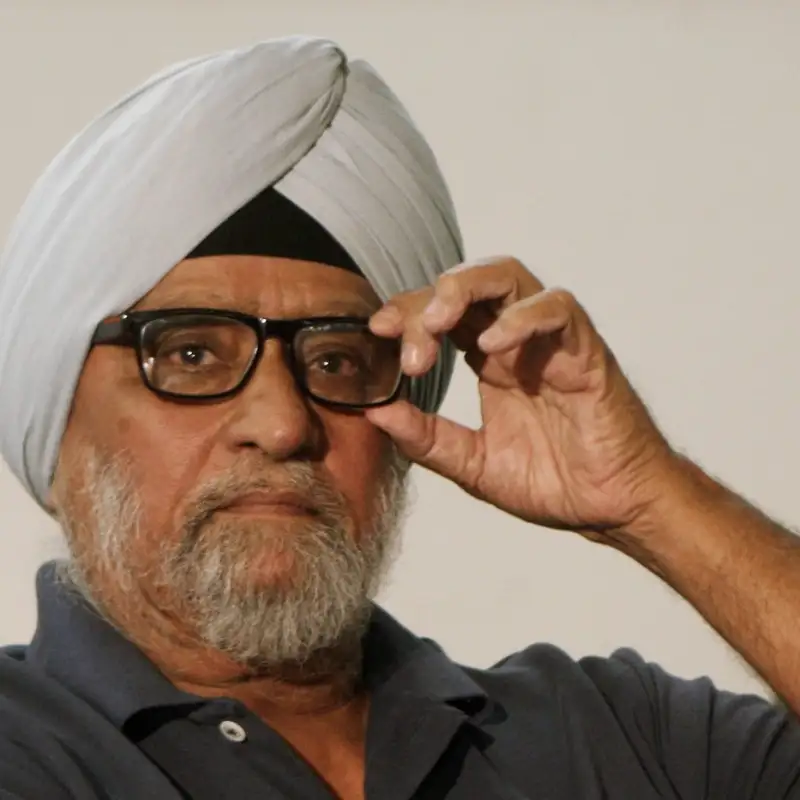
Bishan Singh Bedi, a stalwart of Indian cricket, is revered as one of the finest left-arm spinners to have graced the game. Born on September 25, 1946, in Amritsar, India, Bedi made his debut for the Indian cricket team in 1966 and quickly established himself as a key figure in the country’s bowling lineup.
Known for his classical left-arm spin bowling and guileful flight, Bedi mesmerized batsmen with his subtle variations and ability to outthink opponents. His elegant bowling action and artistry with the ball made him a formidable force on spinning tracks, where he bamboozled batsmen with his flight, dip, and turn.
Bedi’s crowning achievement came during India’s tour of the West Indies in 1971, where he played a pivotal role in India’s historic series victory. His remarkable performances with the ball earned him widespread acclaim and established him as one of the premier spin bowlers of his generation.
Beyond his on-field exploits, Bedi was known for his outspoken personality and unwavering commitment to cricketing principles. As a mentor and coach, he continued to contribute to the sport, nurturing young talent and imparting his knowledge and experience to the next generation of cricketers.
Bedi’s elegant bowling action and ability to outthink batsmen with his subtle changes in pace and trajectory made him a force to be reckoned with on spinning tracks. His exploits with the ball played a pivotal role in India’s success during the 1970s and cemented his status as one of the greatest spin bowlers of all time.

Kapil’s ability to generate prodigious movement off the seam and extract bounce from seemingly docile pitches made him a nightmare for opposing batsmen. His memorable spell of 5 for 28 against the West Indies in the 1983 World Cup final remains etched in the annals of cricketing history and propelled India to its maiden World Cup triumph.
Ultimately, determining the cricketer with the best bowling skills in India is a matter of personal opinion, influenced by factors such as individual preferences, playing style, and era. However, what remains undeniable is the rich legacy of bowling talent that India has produced over the years, with each bowler leaving an indelible imprint on the game and inspiring future generations of cricketers to pursue excellence on the field.










